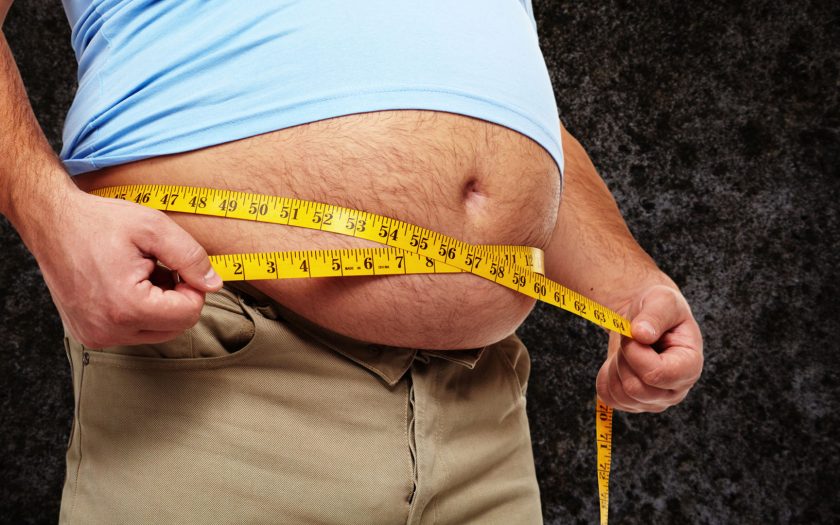-
Determine how many calories you need to burn per day to start losing weight.
This is necessary in order to be sure of the result. Training requires responsibility and concentration: it will be a shame not to get the result just because the level of load is incorrectly determined. So, do not be lazy to count the calories of your usual menu. You can use special programs and create a list of dishes that you eat regularly. The program calculates their energy value. When you understand how much energy enters your body with food, you need to understand how much energy you burn. Use special devices and programs to calculate calories burned.
If you are diagnosed with obesity and your weight continues to increase, then chances are you are consuming far more calories than you are burning. Start eating a healthy diet. But a strict diet, fasting workout, hungry days – it’s all wrong. Choose a healthy diet just for you and track your calorie intake.
-
Carefully and patiently prepare your body for training and fat burning.
If you are obese, then any training that involves heavy loads on the joints is contraindicated. Excessive stress leads to rapid deterioration of the joints, so you can not immediately put heavy loads. Also, overload contributes to high blood pressure and the development of hypertension. Thus, beneficial to the whole body are not heavy, but moderate loads.
The best cardio workout is swimming, because it burns a lot of calories and trains your heart. Swimming can be supplemented by a bicycle, but you do not need to completely replace water sports. When cycling, the shoulder girdle, which is responsible for lung development, is not very involved. Therefore, every sport is important for proper weight loss.
-
Nordic walking and preparation for running.
Swimming burns a lot of calories; walking is usually less. Thus, when replacing classes in the pool there is a risk of slowing down the process of getting rid of extra pounds. To prevent this from happening, replace not all workouts in the pool, but one or two out of three.
But Nordic walking burns a lot more calories than regular walking. If you walk properly with poles, it takes a lot more energy than even jogging. By doing this sport, you develop the respiratory system. Keep an eye on your heart rate: when swimming and walking, it should not exceed 155 beats per minute.
-
Watch the time of the workout.
The workout should last at least 20 minutes. Focus on how you feel: every week you should feel easier to run, and the duration of training should increase. Before jogging you need to do a warm-up. This will protect the joints from overload and injury. Excess weight is best burned at a heart rate of 130-140 beats per minute. Once you can run for an hour or more, the weight loss process will be even faster.
When choosing physical activity, it is necessary to take into account personal capabilities and health status.

